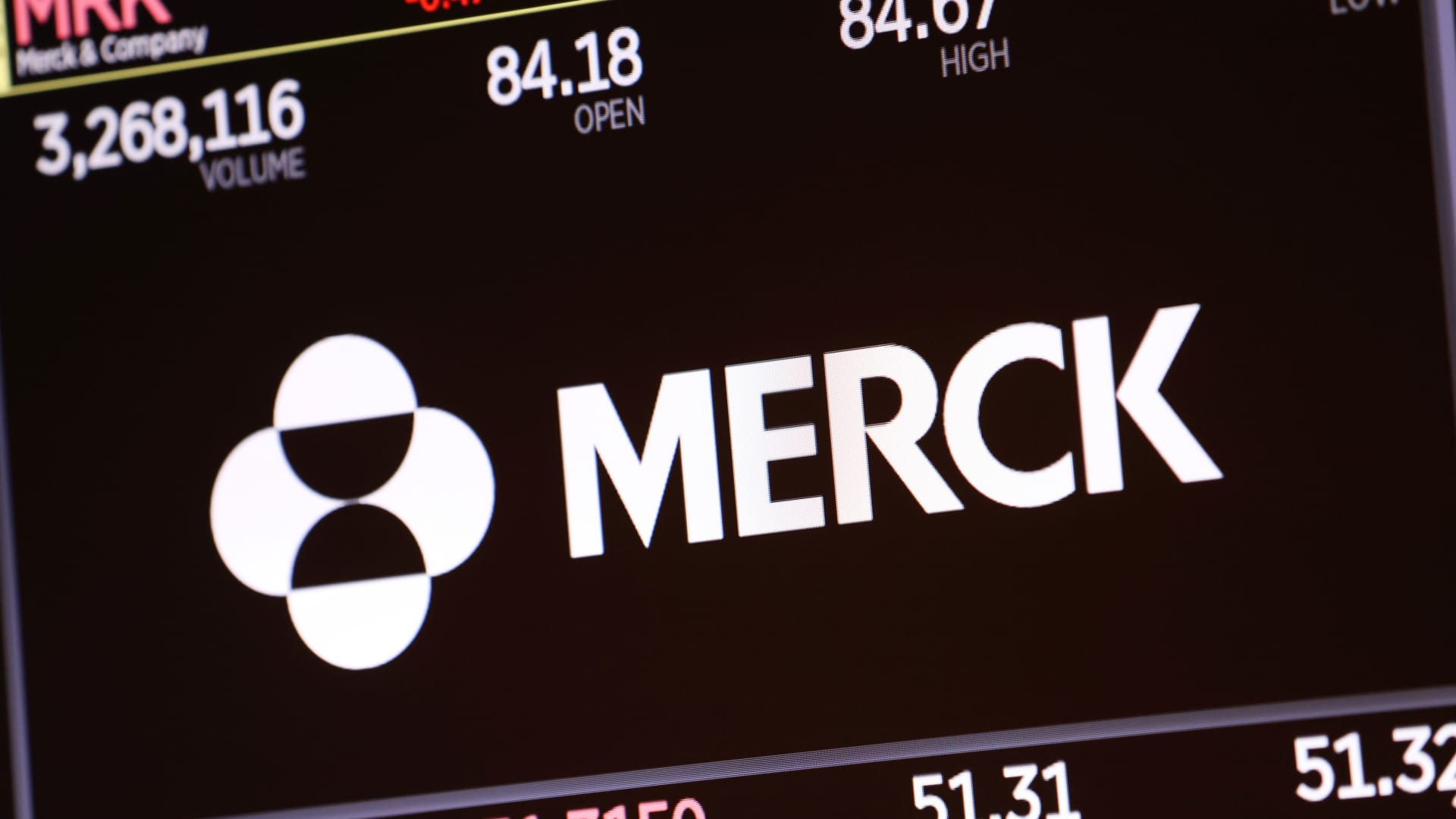Think a friend or colleague should be getting this newsletter? Share this link with them to sign up.
Good afternoon! This is Annika Kim Constantino, and I cover the biotech and pharmaceutical industry for CNBC.com.
Three names in the industry – Johnson & Johnson, Merck and Bristol Myers Squibb – face a pivotal few weeks ahead.
CEOs from those companies are slated to testify at a Senate hearing on high prescription drug prices in the U.S. on Feb. 8 at 10 a.m. ET, Sen. Bernie Sanders announced Friday.
It took subpoena threats from the senator, but J&J CEO Joaquin Duato and Merck CEO Robert Davis have agreed to testify after both executives declined earlier requests to appear at the Senate HELP committee’s hearing. They join Bristol Myers Squibb CEO Chris Boerner, who agreed to the panel’s initial invitation to appear.
Sanders hopes the hearing could bear some fruit for Americans, especially after Eli Lilly’s CEO promised not to raise the prices of the company’s insulin products during a similar grilling the panel held in May.
But why is the committee targeting Merck, J&J and Bristol Myers Squibb in the first place? Sanders noted that all three companies manufacture some of the most expensive drugs sold in the U.S.: Merck’s diabetes drug Januvia, Bristol Myers Squibb’s blood thinner Eliquis and J&J’s immunosuppressive medication Stelara.
He’s not wrong:
- The average retail price for a month’s supply of Januvia can range from $500 to $700 before insurance and other rebates.
- Eliquis’ retail price for a month’s supply is nearly $600 before insurance.
- The retail price for one dose of Stelara taken every eight weeks is nearly $25,500.
Those prices don’t reflect the exact cost people with insurance pay out of pocket.
Still, data from the Biden administration suggests that some older adults with Medicare Part D coverage still pay hundreds of dollars for those medications. On average, Medicare enrollees paid $2,058 for Stelara, $441 for Eliquis and $270 for Januvia out of pocket in 2022, a fact sheet from the administration said.
That’s why the three drugs will be subject to the first round of Medicare drug price negotiations, a key policy under the Inflation Reduction Act that aims to make costly medications more affordable for seniors. J&J, Merck and Bristol Myers Squib are all suing to halt the talks, which will establish new prices that will go into effect in 2026.
Those discussions are going to heat up on Thursday, when Medicare will make initial price offers for each of the 10 drugs selected for negotiations.
Merck, J&J and Bristol Myers Squibb are also facing pressure for another reason: billions of revenue will be at risk after some of their blockbuster drugs tumble off a “patent cliff” over the next few years.
That refers to when a company’s patents for one or more leading branded products expire, which allows for competitors to sell copycats of those drugs, often at a lower price. That usually causes revenue to fall for drugmakers and costs to drop for patients, who can access similar but more affordable drug options.
I did a deep dive on patent cliffs this weekend and zeroed in on some of the biggest medicines with key upcoming patent expirations:
- Merck’s Keytruda, an immunotherapy that treats melanoma, head and neck, lung and other certain types of cancers.
- Bristol Myers Squibb’s Opdivo is an immunotherapy used to treat cancers, including melanoma and lung cancer.
- Bristol Myers Squibb’s Eliquis
- J&J’s Stelara
“When you step back from it all, lowering drug costs for patients and opening it up to a broader set of people is a great thing,” Mike Perrone, Baird’s biotech specialist, told CNBC. “So, while it’s a problem for these pharma companies, it’s a help to the system and that’s why it’s created.”
The latest in health-care technology
This is Ashley Capoot, and I cover health tech for CNBC.com.
Apple to reportedly explore health applications for Vision Pro headset
It’s a big week for Apple, as the company’s highly anticipated mixed reality headset, the Vision Pro, launches Friday. The $3,500 headset is Apple’s first big new product since the Apple Watch launched in 2015, and the company has reportedly set its sights on health care as a growth market for the technology.
In a video to Apple employees earlier this month, executives said the headset could “hopefully improve patient outcomes” and allow surgeons to look at displays during procedures, according to a report from Bloomberg.
Many health systems are already using virtual and augmented reality headsets like the Meta Quest 2 to train surgeons and treat patients, as CNBC reported in September. The U.S. Department of Veterans Affairs, for instance, uses headsets across more than 160 facilities in at least 40 different ways.
The question remains whether health systems will be willing to cough up the cash for Apple’s expensive new technology, or if they’ll choose cheaper options like Meta’s Quest 2, which starts at $250.
Testing a consumer-facing CGM from Signos
It’s been a week since I started testing out a continuous glucose monitor, or a CGM, from the startup Signos. CGMs are small sensors often worn on the upper arm that track blood sugar levels. People with diabetes primarily use the devices, since the data can be wirelessly sent to a smartphone and help prevent emergencies.
Signos’ CGM system is meant for the average consumer, so it is not intended for diabetes management. The startup has its own app that shows users how their bodies respond to specific foods, what causes their glucose to spike and when they should exercise to get the best results for weight loss. I’m trying it out for 30 days to see what I learn.
Since the CGM relies on a small sensor under the skin to get a reading, I was slightly nervous about putting the device on my arm. Much to my relief, the application was actually easy and painless, and Signos’ app walked me through all the steps to get set up.
I’ve been logging my meals, sleep and exercise and completing a series of activities to learn how to interpret my data. I’ll have more reporting on this in the coming weeks, so stay tuned!
Feel free to send any tips, suggestions, story ideas and data to Annika at annikakim.constantino@gmail.com and Ashley at ashley.capoot@nbcuni.com


